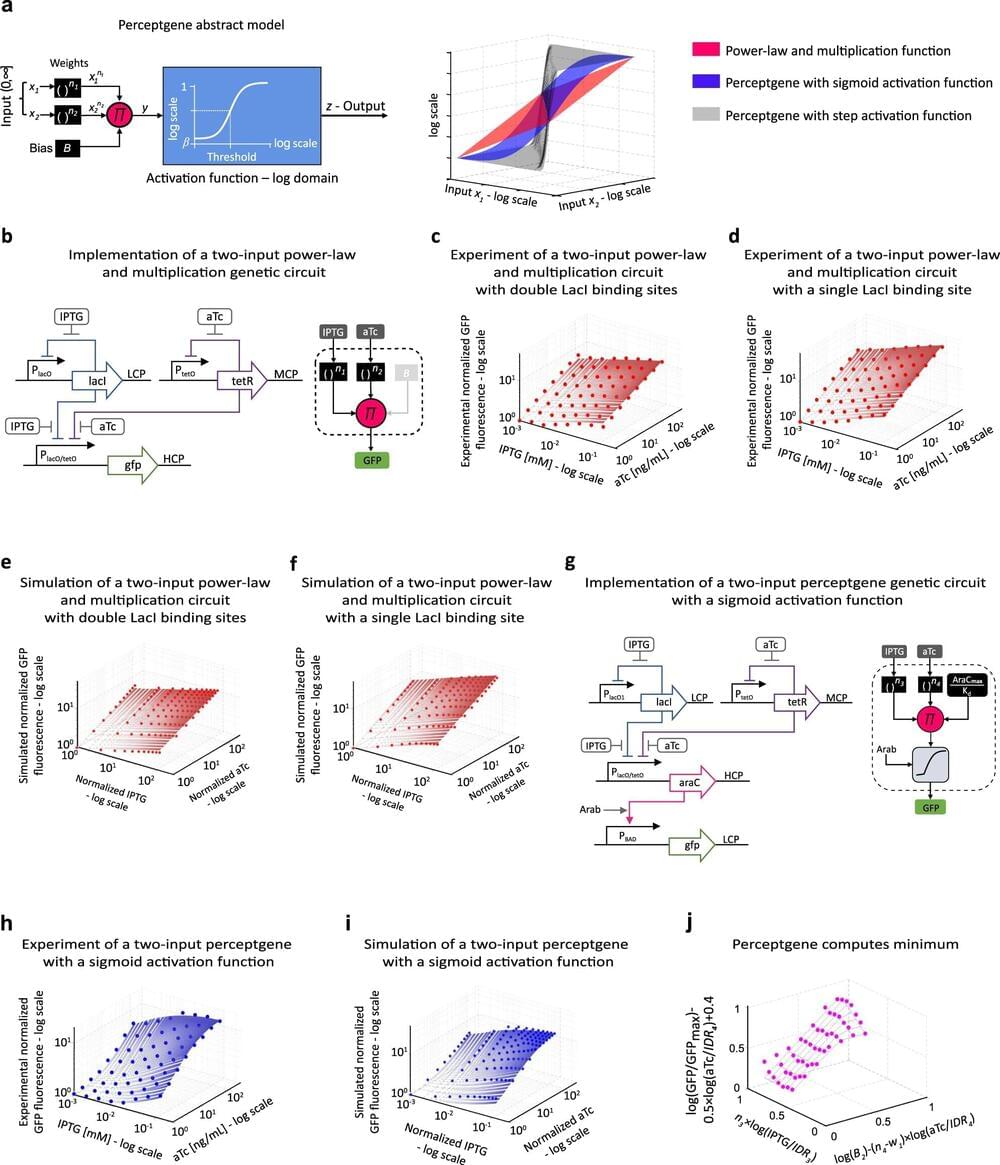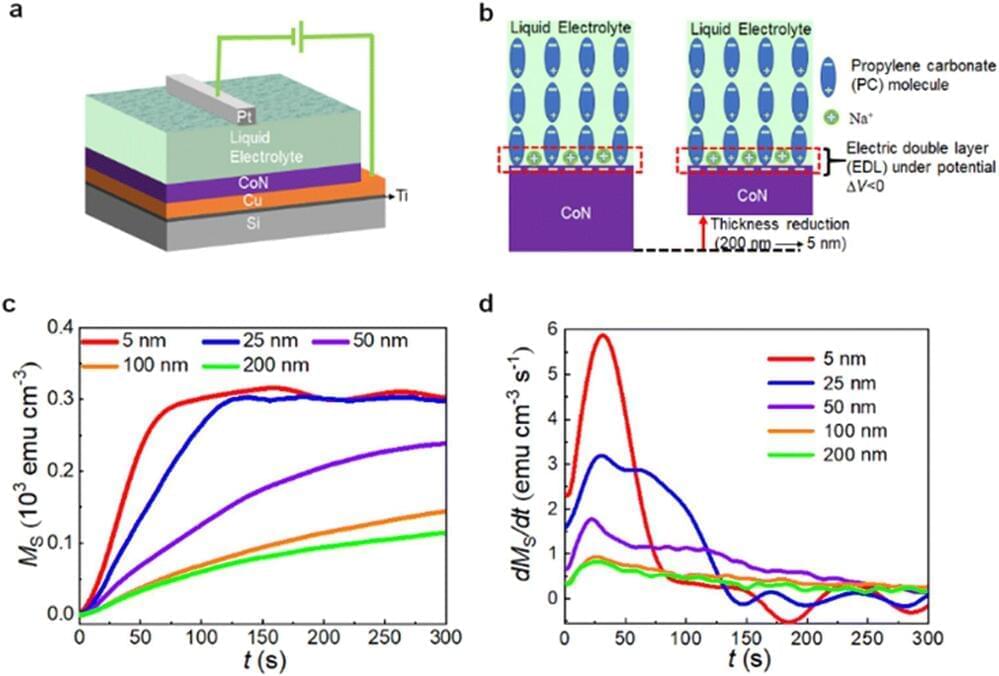Why nuclear fusion may be the future of energy. Visit https://brilliant.org/undecided to sign up for free. And also, the first 200 people will get 20% off their annual premium membership. Fusion energy is considered by many as the holy grail for supplying all of our clean electricity needs. However, the old joke is that nuclear fusion is always 30 years away, no matter what advances or promises are made. But now there are several privately funded startups that are accelerating nuclear fusion development with the ultimate goal of commercializing electricity production much sooner than you might think possible. There’s a lot of interesting developments and news around these companies to sift through. What makes each of these companies’ fusion promises unique compared to what’s come before? And will they finally break that 30 year curse?
Watch The Future of Solid State Wind Energy — No More Blades https://youtu.be/nNp21zTeCDc?list=PLnTSM-ORSgi4dFnLD9622FK77atWtQVv7
Commonwealth Fusion Systems video: https://youtu.be/-KEwkWjADEA
Sabine Hossenfelder YouTube Channel: https://www.youtube.com/watch?v=LJ4W1g-6JiY
Video script and citations:
https://undecidedmf.com/why-nuclear-fusion-is-closer-than-you-think/
Follow-up podcast:





